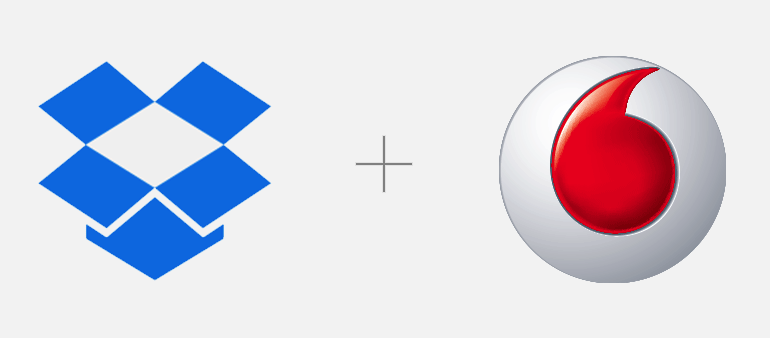
Vodafone and Dropbox are partnering to provide the telco’s Android and iPhone users with free cloud storage for a year.
Starting this month, new Vodafone users will have 25 GB of cloud storage space on Dropbox. This service will be available to Vodafone’s Android and iPhone users. A majority of Vodafone’s Android phones will come preloaded with the Dropbbox app.
What’s the implication? Well, Vodafone users can now count on extra space that can also make switching over to a new phone a much easier process as all you have to do is save all your videos, photos, and all your files on your old phone to Dropbox and then just sign in to your Dropbox app in your new phone and all your files will be there waiting for you.
Vodafone also said that it will use Dropbox as its platform for its Backup+ service that allows Vodafone users to backup messages, multimedia content, and contacts on the cloud. The Backup+ service will start rolling out by the end of March, 2015 and will be ready for use over the coming months.
The partnership between Dropbox and Vodafone is not entirely a new concept as just last year around October 02 entered a partnership with Box to resell the cloud storage service to SMEs.


.jpg) In North America:
In North America:
 KIN automatically brings together feeds from Microsoft and third-party services such as Facebook, MySpace and Twitter. The home screen of the phone is called the KIN Loop, which is always up to date and always on, showing all the things happening in someone’s social world.
KIN automatically brings together feeds from Microsoft and third-party services such as Facebook, MySpace and Twitter. The home screen of the phone is called the KIN Loop, which is always up to date and always on, showing all the things happening in someone’s social world.  It also gives customers tons of storage to keep all those photos, videos, contacts and texts.
It also gives customers tons of storage to keep all those photos, videos, contacts and texts. At the special
At the special  Additionally, it futures voice-enabled keyboard for all text fields and voice-searching.
Additionally, it futures voice-enabled keyboard for all text fields and voice-searching. 

